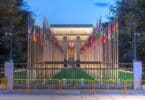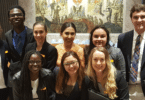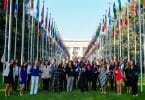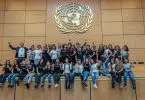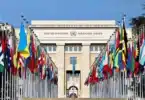Human rights can often seem abstract. The dry phrasing of conventions and court decisions can feel far away from the lived reality of people around the world. Photography is important because it brings these texts to life – it takes them off the page and into the reality of people like us. This is all the more so in a world where our attention spans feel ever shorter and the scroll of a social media feed needs to grab us in seconds, before we move on.
Turning images into powerful human rights stories isn’t always easy. In this article I want to give you eight tips that I’ve found to be helpful in my own work, taking photographs for human rights and humanitarian organisations around the world.
Hopefully these will be useful to you, regardless of whether you want to take better pictures yourself or are commissioning or selecting images to illustrate human rights stories.
#1 Think about your objectives
Before you go out and take photos or contract someone to take them for your organisation, spend some time thinking about what kinds of images you need and what you’ll need to get them. Think about what you might want someone to think or to feel or to do after they see your images. Then you can ask: what kinds of shots might help you achieve these objectives? Doing some planning in advance can also help you save time, so you just go out and try to get the one or two images you need to tell your story. Planning can also help you figure out what you’ll need to do to get the shots you want. Whether you can do it yourself, with your phone. Or whether you need dedicated time or equipment or professional help.
#2 Remove distractions
Once you know what your objectives are, try and take photos that show only the thing that’s important to your story. Phone cameras, in particular, are quite wide angle, so this might mean getting really close to your subject, so that it is obvious to the viewer, scrolling past, what your image is of. You can also use things like subframes (other objects in your photo that make a new, smaller, frame around your subject) to help focus attention on the subject of your story. Getting rid of distractions also means looking at the edges of your photo and behind people, to make sure there isn’t a pot-plant sticking out of someone’s head or other distraction at the edge of the frame.
#3 Pay attention to the light
How you use light can make a big contribution to the kind of mood you convey through your shot. Bright sun or indoor overhead lights will make harsh and deep shadows, while morning or evening light or light diffused through a window is going to be much softer (and more flattering). None of these choices are wrong but decisions about them help tell particular kinds of stories, so be intentional about your lights, depending on what kind of human rights story you want to tell.
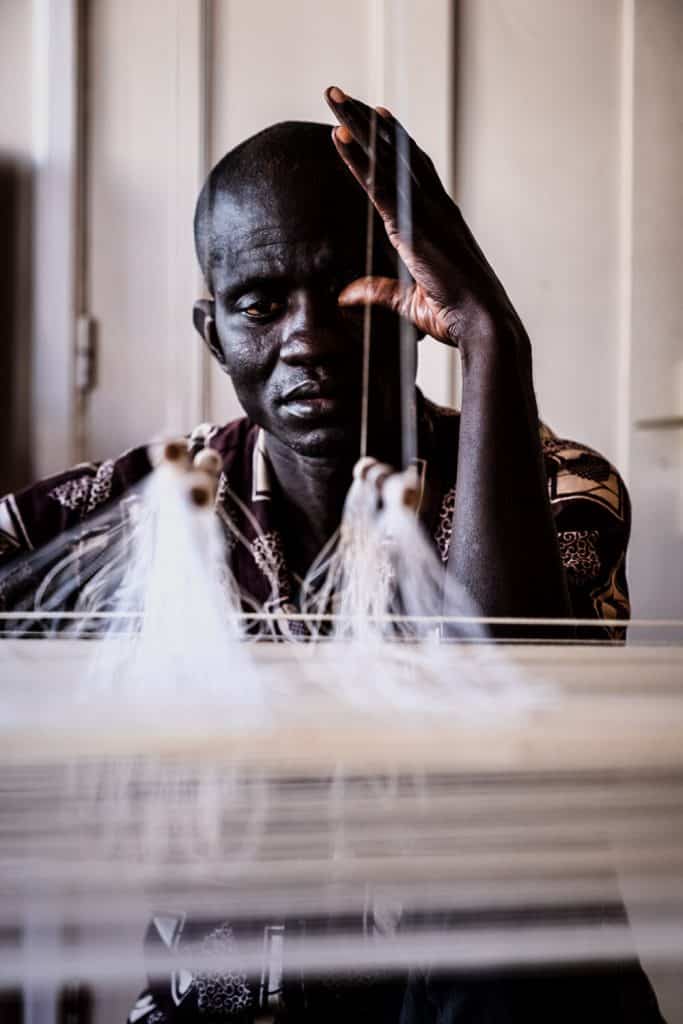
© Ben Buckland
#4 Use composition to set the mood
Thinking about things like the direction your subject is looking or walking or pointing in your image can help you tell your story. From my western perspective, if something is going left to right or bottom to top then it suggests progress or hope (and vice versa). In the same way, if your subject has space in front of them or above them, then this can help the viewer imagine them moving forward into the future. So this kind of picture is more likely to convey a hopeful mood.
The so-called “rules” of composition – the rule of thirds for example – are a good starting point. But by using them we create balanced images. And maybe the mood or story you want to tell isn’t one of balance and harmony – so intentionally ignoring the rules can help us tell particular kinds of stories as well.

© Ben Buckland
#5 Get consent
Because the people we are working with in human rights contexts are often in situations of vulnerability, questions of ethics and consent are all the more important. 6 principles should guide all of our work in this area. These are: Take the time to understand the situation and people you’re working with. Be clear with everyone involved about who you are and how and why you are using their image. Get consent and ensure that people can withdraw it later. Build trust, including by being clear and accurate. Find creative solutions, including by taking photos of objects or places when photographing people doesn’t work. And do no harm by sometimes not taking a photo at all.
#6 Stay away from cliches
We are often attracted by the dramatic. In human rights contexts this means we often focus on images that show the pain and suffering of victims. But sometimes stepping back, showing the context, the lived reality, can be even more powerful. People expect to be shocked by human rights photography and by staying away from cliches or biases that reinforce negative stereotypes, we can often surprise and engage them in unexpected ways.
#7 Get up high or stay down low
Often when we pick up a camera we are standing. And so we stay standing when we take the shot. But more interesting compositions can very often be found if we crouch down or climb up high. This can also help us tell particular kinds of human rights stories. By getting down low, we make our subjects look bigger and more powerful. By getting up high and shooting with a wider angle, we make them look smaller and maybe more vulnerable. Thinking about the story you want to tell in advance and then getting up high or down low can really help us tell it.
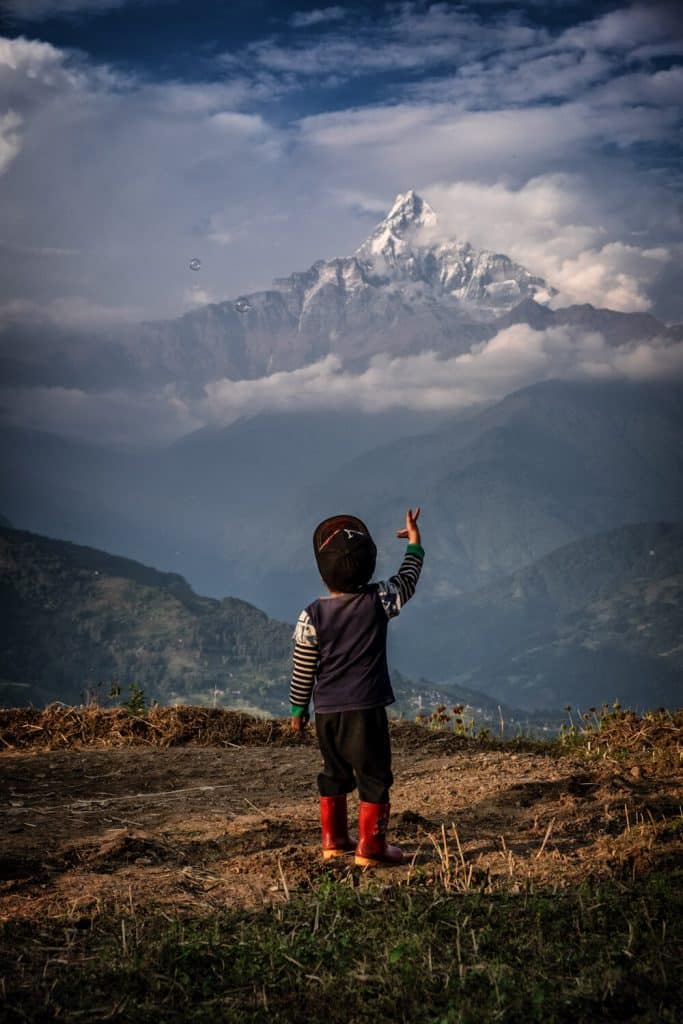
© Ben Buckland
#8 Take the time
The final piece of advice is to take the time. All the tips here, from planning to ethics and consent require some dedicated time. It doesn’t have to be much but making sure that there is dedicated time in your agenda for just this can really help. And most importantly, taking the time with your subjects is going to help you understand and tell their stories in a far more compelling way.
Get in touch with Ben here: www.benbuckland.photo

